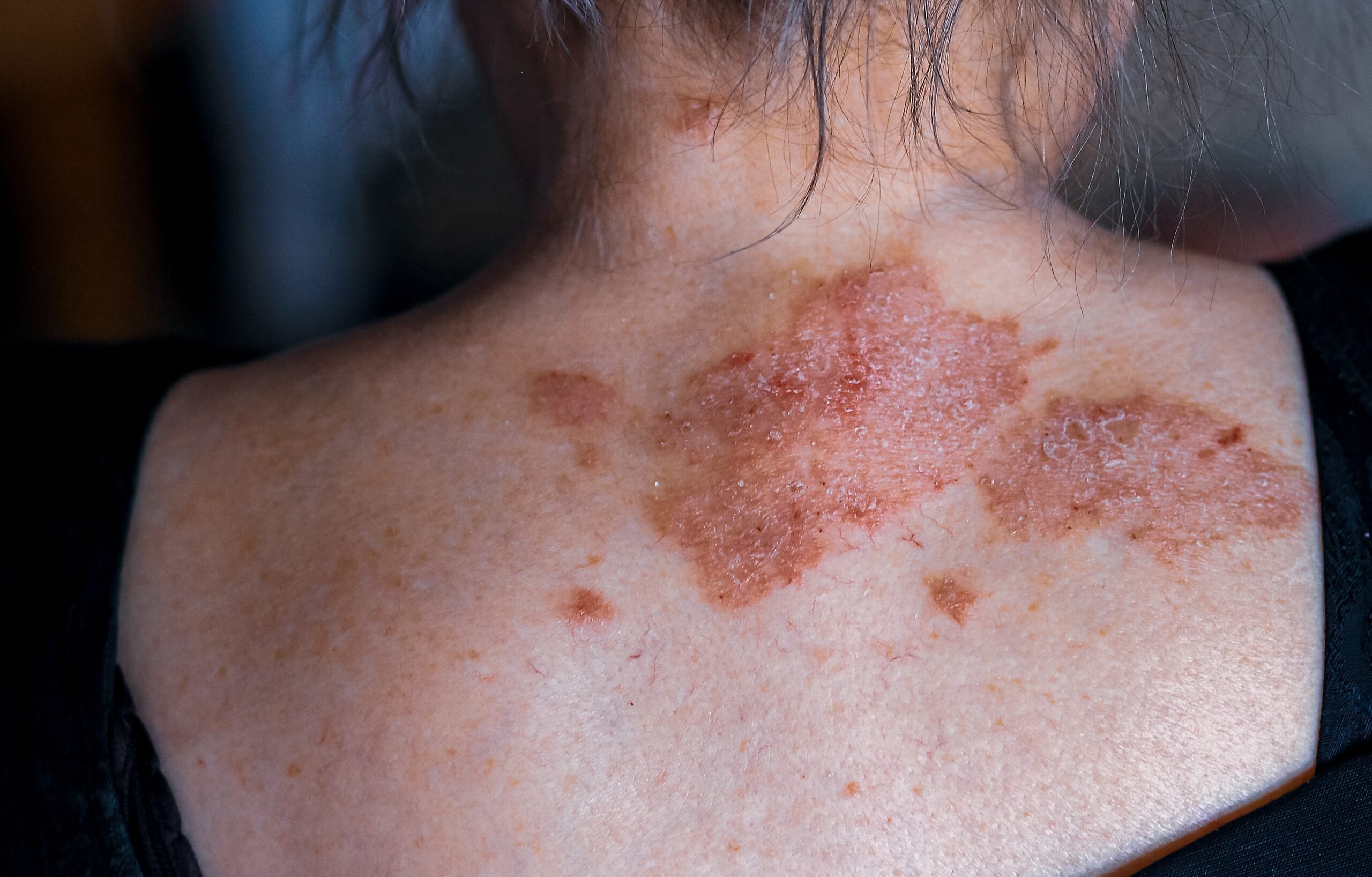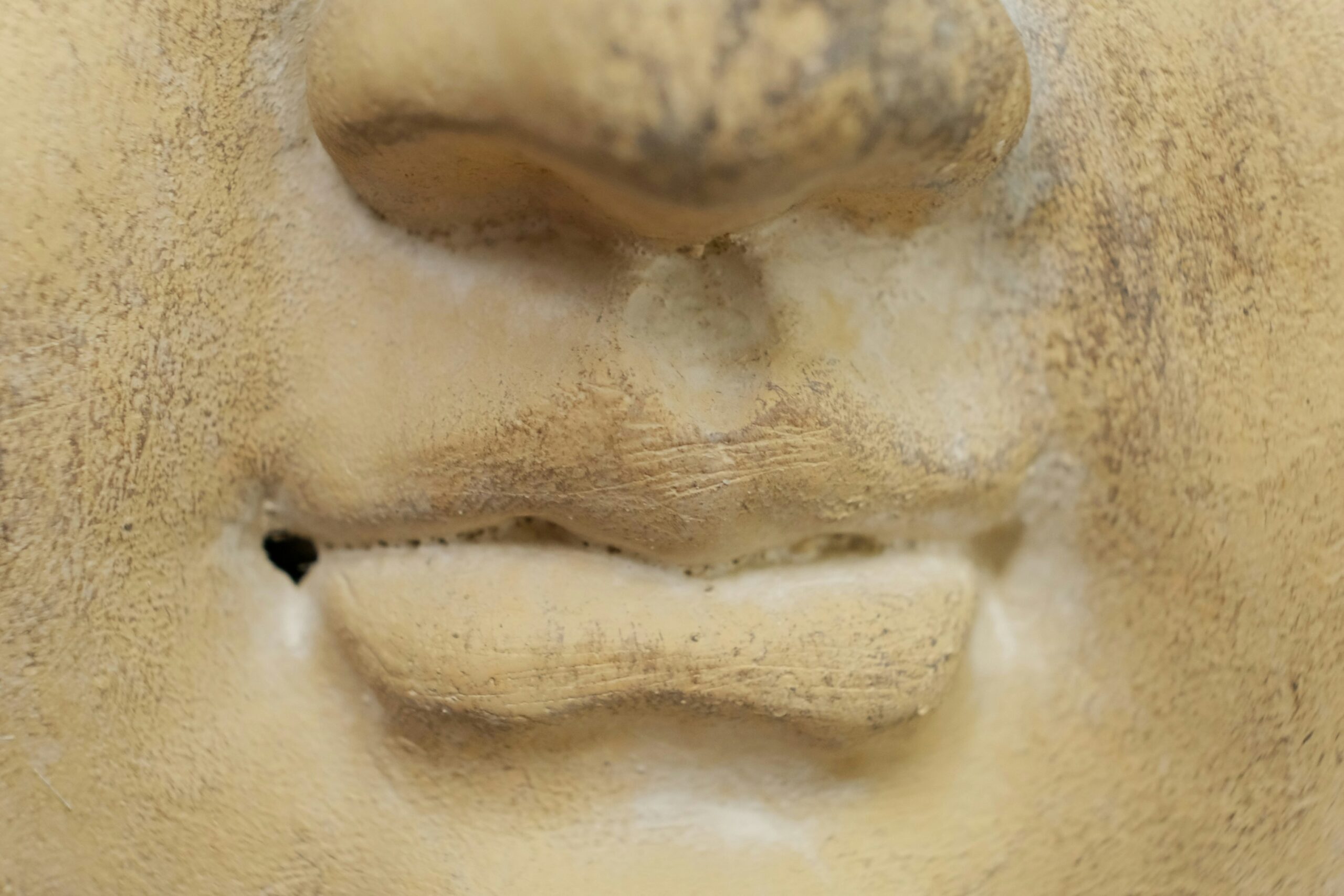Seborrhoeic keratosis, often referred to as SK, is a harmless yet common skin condition that typically appears during adulthood as a natural sign of aging. These warty, benign growths affect individuals of all races and genders and can vary in appearance and number. While generally harmless, seborrhoeic keratoses may cause concern due to their visual similarity to certain skin cancers.
Seborrhoeic keratosis is known by various names, including basal cell papilloma, senile wart, wisdom wart, and barnacle. It is a type of benign keratosis, a broader term that also encompasses related skin conditions such as solar lentigo and lichen planus-like keratosis. Seborrhoeic keratoses often appear as scaly patches or growths on the skin, giving them a “stuck-on” appearance.
These growths are incredibly common, with studies suggesting that over 90% of adults over 60 have at least one seborrhoeic keratosis. Although they can start developing as early as the 30s or 40s, they are rare in individuals under 20.
The precise cause of seborrhoeic keratoses remains unknown. While their name may suggest an association with sebaceous glands or seborrhoeic dermatitis, this is a misconception. Seborrhoeic keratoses are not linked to sebum or sebaceous activity. Instead, researchers believe these growths are degenerative in nature, with several factors potentially influencing their development: genetic predispositions, environmental triggers, and genetic mutations. Some individuals inherit a tendency to develop numerous seborrhoeic keratoses. Sunburn, dermatitis, and skin friction in body folds may contribute to their appearance. Stable mutations in genes such as FRFR3, PIK3CA, and RAS are commonly found in seborrhoeic keratoses, suggesting a role for ultraviolet radiation and aging in their formation.
While seborrhoeic keratoses are benign, rare cases of eruptive lesions may be associated with underlying internal malignancies, such as gastric adenocarcinoma, in a phenomenon known as the Leser-Trélat sign.
Seborrhoeic keratoses can manifest in various shapes, sizes, and colors, and they may appear anywhere on the body except the palms, soles, or mucous membranes. Key characteristics include:
- Flat or raised papules and plaques
- Sizes ranging from 1 millimeter to several centimeters
- Colors ranging from skin-colored to yellow, brown, black, or mixed hues
- Smooth, waxy, or warty surfaces
These lesions often look as if they are stuck to the skin, similar to barnacles on a ship.
Several subtypes of seborrhoeic keratosis exist, each with distinct features:
- Solar Lentigo: Flat, pigmented patches in sun-exposed areas.
- Stucco Keratosis: Small, gray, white, or yellow lesions on the lower extremities.
- Lichenoid Keratosis: An inflammatory variant that may precede lesion regression.
In most cases, seborrhoeic keratosis can be diagnosed visually due to its characteristic “stuck-on” appearance and other unique features. However, distinguishing these lesions from skin cancers such as basal cell carcinoma, squamous cell carcinoma, or melanoma can sometimes be challenging. Diagnostic tools like dermoscopy can help, revealing patterns such as brain-like ridges and clods of keratin.
If uncertainty remains, a partial shave, punch biopsy, or complete excision may be performed to confirm the diagnosis.
While seborrhoeic keratoses are benign and do not require treatment, removal may be desired for cosmetic reasons or if the lesions become itchy, irritated, or prone to catching on clothing. Common treatment methods include:
- Cryotherapy: Effective for thinner lesions, but may require multiple sessions.
- Curettage and Electrocautery: Combines scraping off the lesion with heat to seal the skin.
- Laser Surgery: Ablative lasers can precisely remove lesions.
- Shave Biopsy: Involves shaving off the growth with a scalpel.
- Chemical Peels: Trichloroacetic acid is sometimes used for targeted removal.
Each method has potential downsides, such as the risk of pigmentation changes, particularly in darker-skinned individuals. Unfortunately, no single method can efficiently remove multiple lesions in one session.
Seborrhoeic keratoses tend to persist, although some lesions may regress over time, especially if associated with inflammation or dermatitis. Prevention remains unclear, as the exact causes of these growths are not fully understood. However, managing underlying skin conditions and protecting the skin from excessive sun exposure may help reduce their incidence.
Seborrhoeic keratosis is a common and harmless skin condition that often accompanies aging. Although benign, its resemblance to skin cancers can sometimes cause concern, underscoring the importance of accurate diagnosis. With a range of treatment options available, those affected can easily address any cosmetic or physical discomfort caused by these lesions. For individuals with persistent or unusual growths, consulting a dermatologist is the best course of action to ensure proper care and peace of mind.



